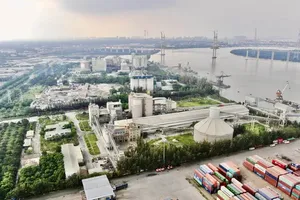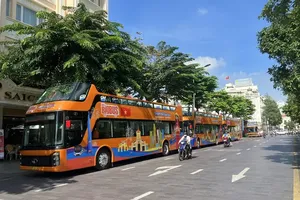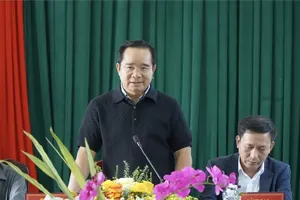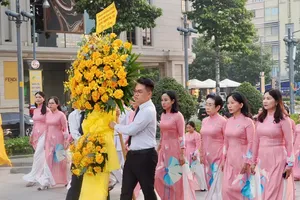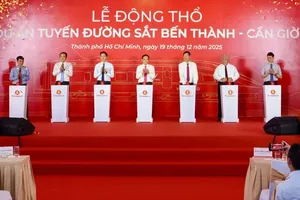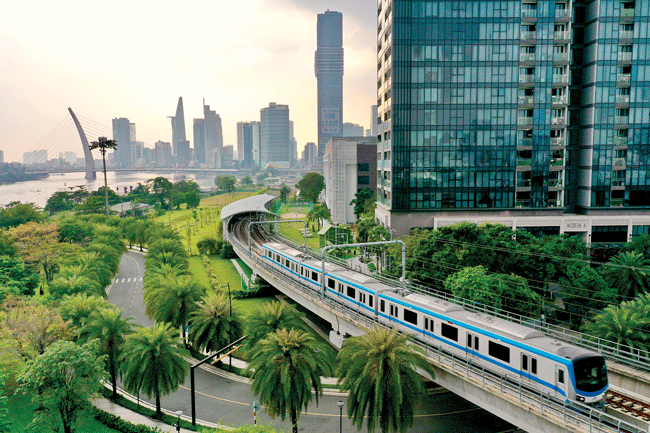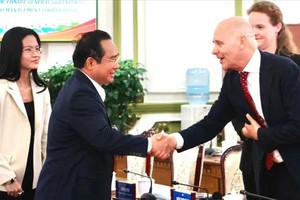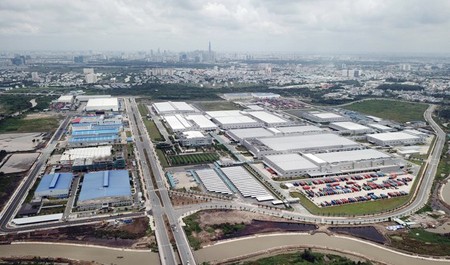
The new Thu Duc City will be a combination of the three current districts of 2, 9, and Thu Duc. It has received much support from the community.
It shares the same scale as other provincial cities like Bien Hoa (in Dong Nai Province), My Tho (Tien Giang Province), or Nha Trang (Khanh Hoa Province), hence a convenience in administration tasks.
Dr. Diep Van Son, former Deputy Director of the Southern Office of the Ministry of Home Affairs, commented that there are both benefits and difficulties in the establishment of Thu Duc City. Therefore, the municipal authorities should predict these kinds of trouble as precisely as possible to create synchronous solutions.
Being a city within a city, the to-be Thu Duc City will have its People’s Council work like other districts of Ho Chi Minh City, and so are specific units of Thu Duc City People’s Committee.
Dang Thi Thu Trang from HCMC University of Law suggested that it is necessary to clearly identify the differences in the legal position, organization, and jurisdiction of Thu Duc City. This will enable the new city to boost the development of high technologies, high-quality human resources, and a financial center there, which in turn becomes the driving force for the economic growth of HCMC as well as the nation.
Ms. Trang shared that there is a need to add more regulations on this special city model, especially regarding autonomy mechanisms and corresponding responsibilities.
As to the ways to best exploit the possible resources in the three current districts after the combination, Dr. Diep Van Son insisted on the careful creation of the local authorities here.
According to Resolution No.131/2020/QH14, compared to normal district people’s council, the Thu Duc City counterpart has three more rights to decide public investment policies for programs and projects in group B and C, using the budget of its wards; to carry out leveled public investment programs and projects.
Thu Duc City People’s Committee must prepare a detailed plan related to the above issues to submit to the People’s Council of the city for approval. This confirms the important role of the People’s Committee in deciding a new policy on public investment in group B and C projects, which is quite complicated and requests professional knowledge, said Dr. Son.
In details, the public investment law and its corresponding guidelines have clear articles about necessary documents, content, and time for the project feasibility report and the investment proposal for a project in group B, C (and A).
The law states that this investment must be legal and observe socio-economic development strategies and planning of the area, both in scale, goals, time, and technologies. The investment must also consider the ability to pay back loans as well as capital allocation.
“Clearly, the model of Thu Duc City delivers both a chance for autonomy and a challenge of large responsibilities. Thus, it is essential to hire capable state officers who are fluent in their work”, stated Dr. Son.
He added that quickly developing cities like HCMC, including Thu Duc City, need to develop a clearer hierarchy from the central national Government and ministries to the municipal authorities of HCMC, and to the lower level of Thu Duc City. It is advisable to increase power as well as responsibilities for state leaders of municipalities.
He concluded that Thu Duc City should be logically planned so that it can compete with other international special economic zones like Shenzhen, Shantou, Zhuhai in China or Incheon in the Republic of Korea.
Phan Nguyen Phuong Thao from HCMC University of Law said that there is a need for synchronous, modern, and effective state authorities in the to-be Thu Duc City in order to best use the advantages of all those 3 districts in HCMC.
The deletion of the People’s Committee in each ward of this new city means an operation adjustment in the People’ Committee of that city. It also indicates that the role and responsibility of the city’s leader here are more significant in both management and consultation.
Seeing the success of Bien Hoa City nearby (sited in Dong Nai Province), with nearly 1 million residents and 30 wards as well as 12 specific state offices, Ms. Thao suggested that Thu Duc City could do the same, based on the merging of current state offices in the three districts of 2, 9, and Thu Duc.
This can be done once the Government adds necessary regulations on how to organize a specific state office in the People’s Committee of a municipal city.
Finally, she recommended a focus on investment policies and high-quality human resources attraction while strengthening security and civilization in public services.
